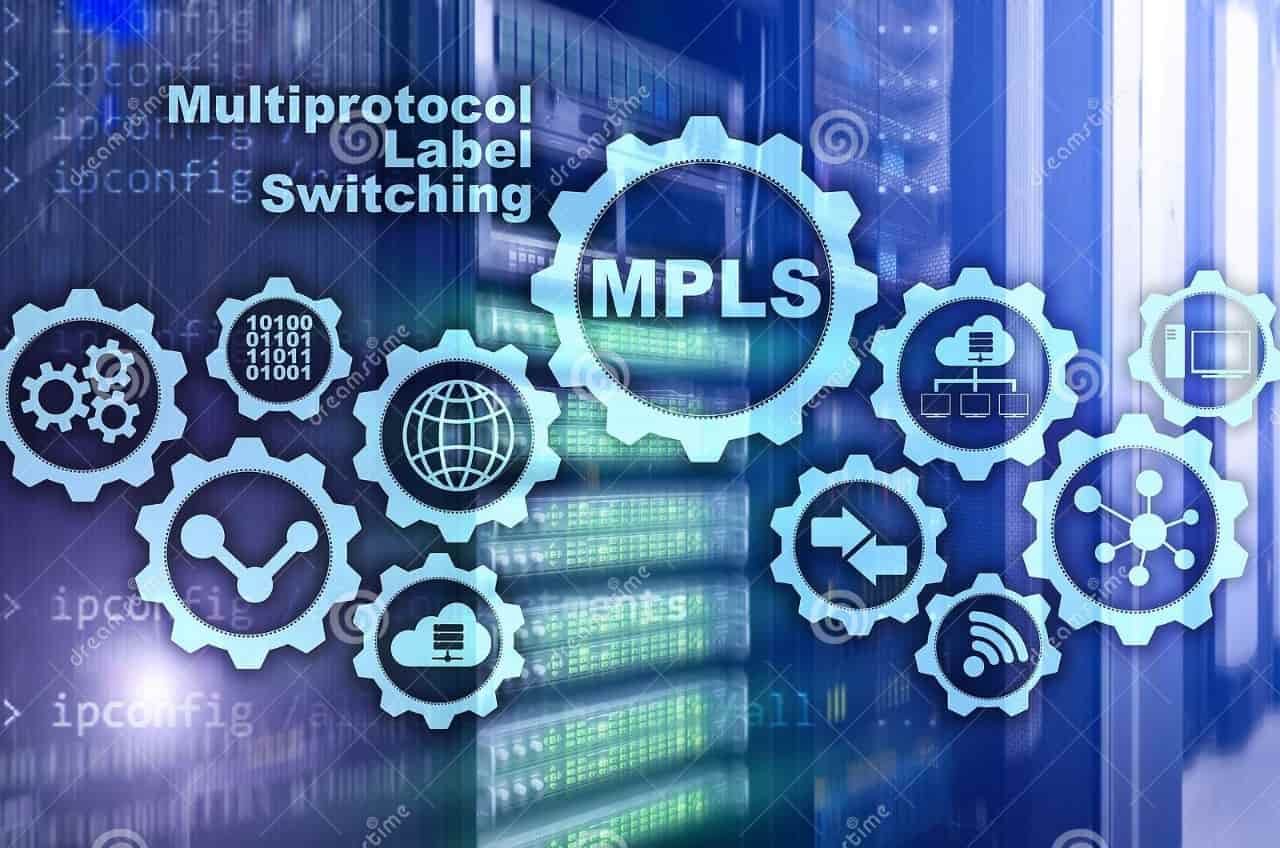MPLS enables Enterprises and Service Providers to build networks that deliver a wide variety of advanced and value-added services over a single infrastructure. Integration of MPLS application components, including Layer 3 VPNs, Layer 2 VPNs, Traffic Engineering and QoS enable the development of highly efficient and scalable networks that guarantee Service Level Agreements. This course provides the participants with the necessary knowledge to understand MPLS technology and explains its working.
EXPECTED ACCOMPLISHMENTS
- List the limitations of traditional IP Networks.
- Master the concept of MPLS requirements and their benefits.
- Identify the components of the MPLS Network and describe their functions.
- Explain the operation of MPLS edge and core routers.
- Describe the Label Distribution process.
- Describe the operation of the Label Distribution Protocol.
- Understand the MPLS Traffic Engineering capabilities.
- Understand the MPLS Traffic Engineering implementation and operation.
TARGET AUDIENCE
New entrants, current and aspiring telecom professionals, including IT staff, corporate decision-makers, consultants, and students will find this course valuable
COURSE DETAILS
MPLS Introduction
- Limitations of Traditional IP Networks
- MPLS capabilities
- MPLS operation.
- Types of MPLS Nodes
- LSR Architecture
- LFIB
- LSP
- FEC
- PHP
Label Distribution Protocol
- LDP Header
- LDP Operation.
- Unsolicited Downstream Label distribution
- Label retention modes.
- MPLS –TE components,
- OSPF-TE, CSPF,
- Explicit Route Object,
- RSVP, CR-LDP,
- RSVP LSP Establishment,
- FRR.













